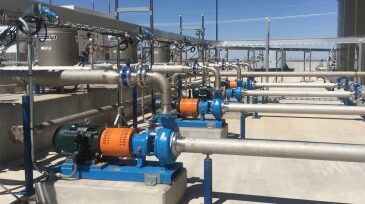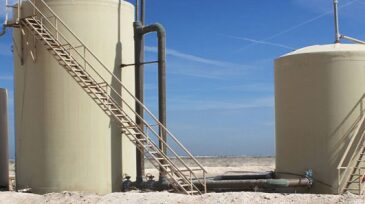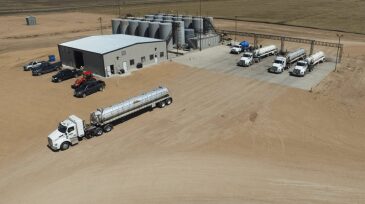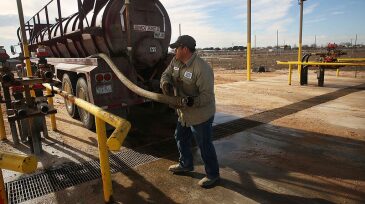Water management
This paper describes a decision-support system that integrates field data, system specifications, and simulation tools to quantify system performance, forecast operational challenges, and evaluate the effect of system modifications in water management.
The authors of this paper aim to design, optimize, and evaluate a scalable and energy-efficient plasma-driven advanced-oxidative-process system for produced-water remediation, emphasizing regulatory compliance for safe discharge or reuse.
If there is a key takeaway as 2025 comes to a close, it is the new level of diligence and depth in water-management planning, along with a growing recognition of the need to invest in more complex methods and sophisticated technologies.
-
The $600-million deal sees NGL net around 580,000 B/D in disposal capacity and 680,000 B/D in transportation capacity via 19 saltwater disposal wells and a network of produced water pipelines. Hillstone also holds an aggregate of more than 110,000 acres in the Delaware Basin.
-
The projects are intended to accelerate the development and commercialization of treatment technologies to reduce waste water that is being injected into disposal wells and increase water supplies for reuse.
-
At a water treatment plant for an onshore oil field in northern Germany, formaldehyde injection was started in 2015 as a biocide. The goal of this study was to understand the chemical parameters and microbial distribution in the water system and whether formaldehyde injection was effective.
-
Researchers mapped 251 faults in the North Texas home of the Barnett Shale, the birthplace of the shale revolution, finding that wastewater injection there “significantly increases the likelihood for faults to slip.”
-
A joint-venture agreement gives Solaris control of Concho’s produced-water infrastructure in New Mexico, and Lagoon Water Solutions closed on a deal with Continental in Oklahoma.
-
Getting water is a big issue for those who fracture wells, as is the disposal of it. The number of companies investing in water facilities and reuse, though, remains a minority.
-
The Permian gets the lion’s share of attention when it comes to produced water, but other basins have a need to haul volumes off-site. How has the market changed in these areas recently? Is there a greater enthusiasm for pipelines, and can water midstream thrive?
-
Not all produced water is the same. A seminar held by SPE and associated with the Water Life Cycle and Strategy Technical Section will look at the different types of produced water and the different ways in which produced water is handled in various regions around the world.
-
As Permian production ramps up and saltwater disposal well capacity is pushed to its limit, companies see a need to develop collaborative, commercially viable methods of handling produced-water volumes. If reuse remains at its current rate of only 15%, operators could face a $30-billion tab.
-
The well count and completion intensity of US tight oil and gas operations have grown in recent years, and rising pressure from environmental regulations means that produced water management has become a key focus for operators.













